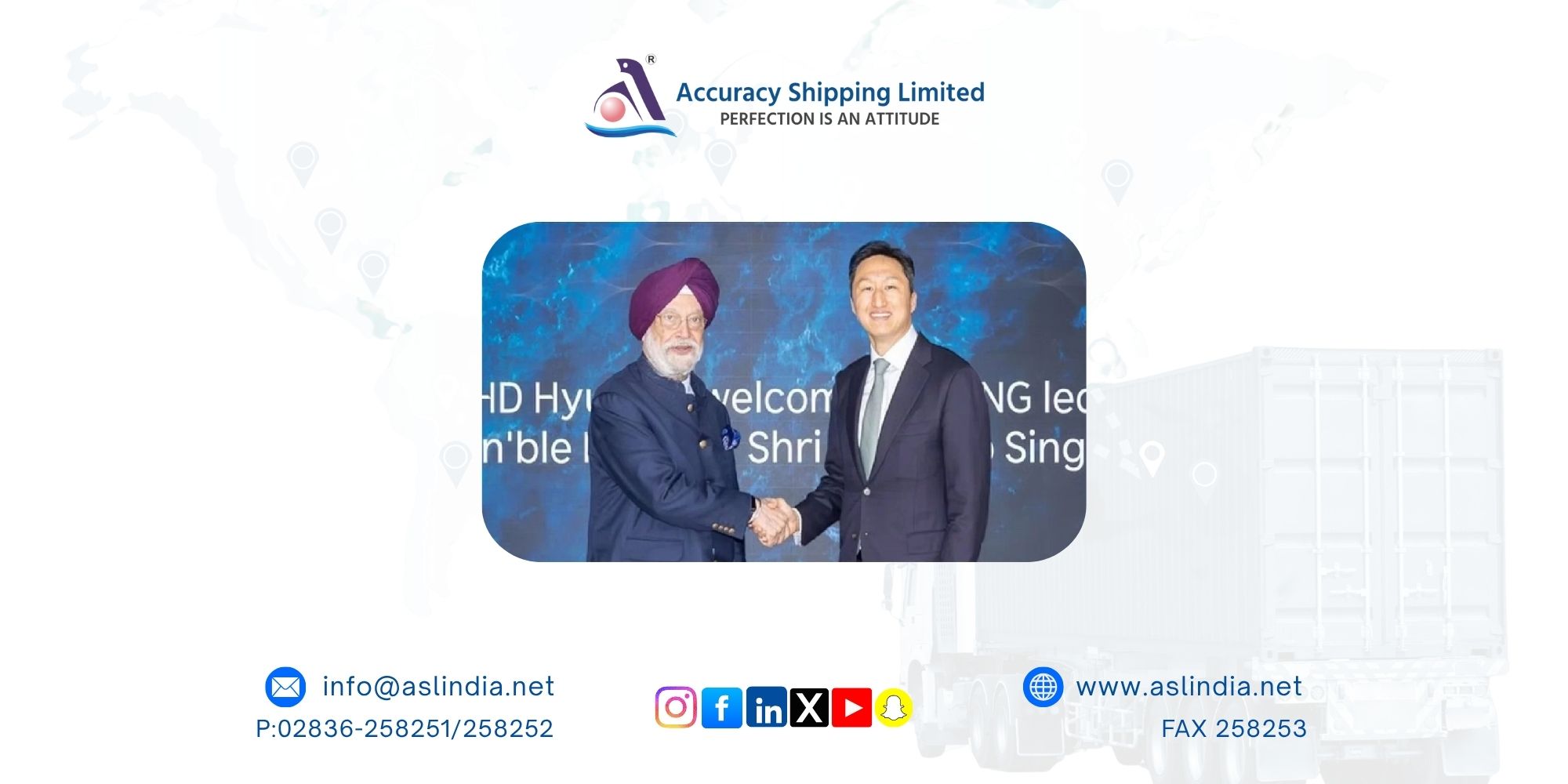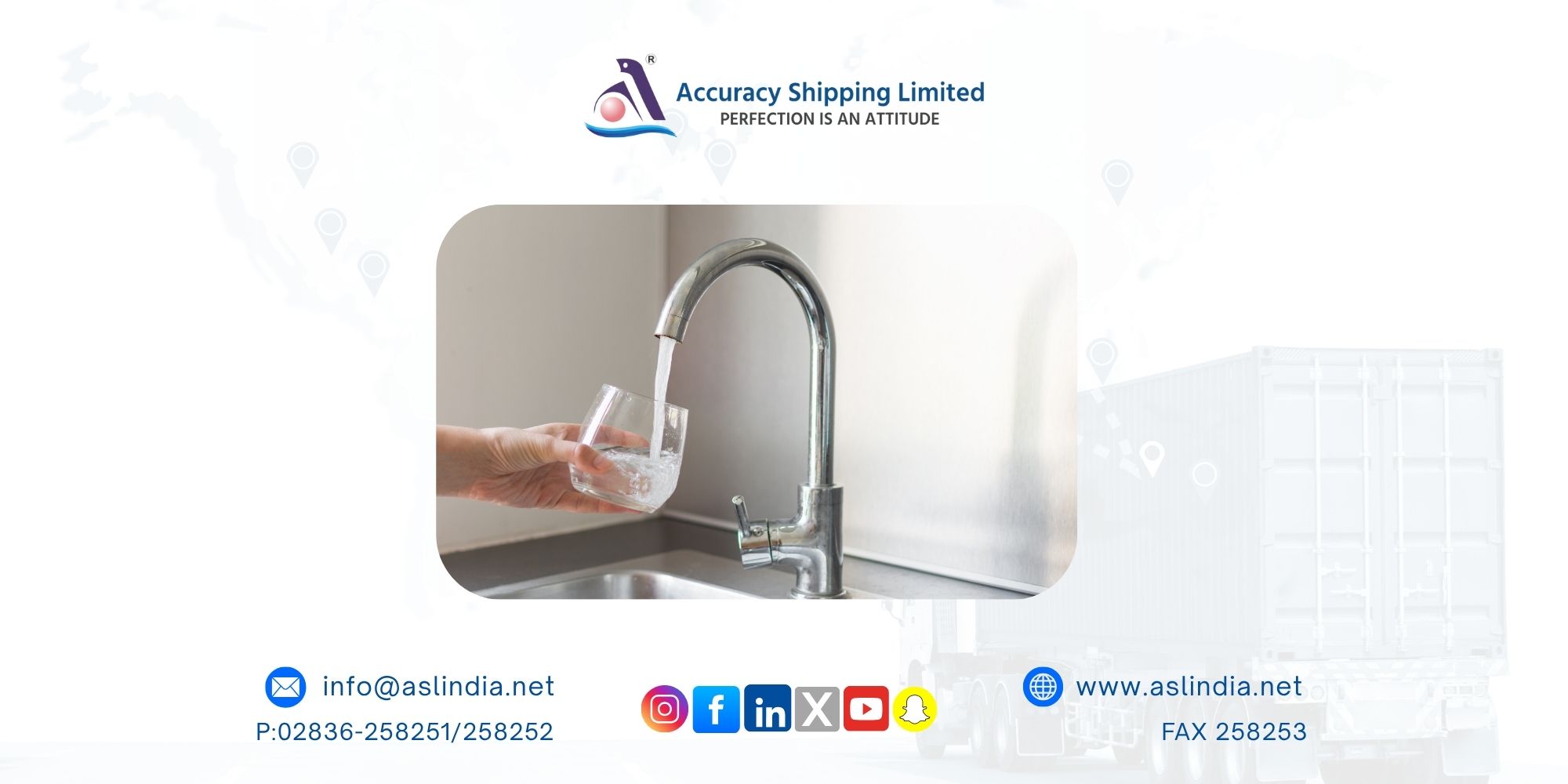HD Hyundai, Indian government explore deeper partnership in shipbuilding and maritime technology

Introduction
India’s shipbuilding ambitions are entering a new era of global collaboration, with HD Hyundai taking a major step forward in deepening its partnership with the Indian government. As India accelerates efforts to expand its commercial fleet, modernise its shipyards, and enhance maritime infrastructure, the Korean shipbuilding giant is emerging as a key technology and strategic partner. The latest high-level meeting held in Pangyo marks a significant milestone in advancing this cooperation.
HD Hyundai Deepens Strategic Ties With India
HD Hyundai announced that Chairman Chung Ki-sun met India’s Minister of Petroleum and Natural Gas, Hardeep Singh Puri, on November 13 at the company’s Global R&D Center in Pangyo. The meeting focused on expanded cooperation in shipbuilding, maritime technology, and infrastructure development. The delegation included senior leaders from both countries Indian Ambassador to Korea Gurjit Singh, officials from the Ministries of Petroleum & Natural Gas and Ports, Shipping & Waterways, along with ONGC Chairman Arun Kumar Singh and Cochin Shipyard Chairman Madhu Nair.
Showcasing Advanced Shipbuilding and Digital Technologies
During the visit, the Indian delegation received detailed briefings on HD Hyundai’s advanced ship design capabilities, digital shipyard systems, and smart manufacturing technologies. HD Hyundai highlighted how its integrated digital solutions can significantly boost India’s shipyard productivity, enhance safety, and streamline newbuilding processes. Discussions also explored collaboration opportunities in fleet modernisation, technology transfer, and boosting India’s domestic manufacturing competitiveness.
Aligned With India’s Maritime Amrit Kaal Vision 2047
HD Hyundai emphasized that the partnership strongly aligns with India’s “Maritime Amrit Kaal Vision 2047.” Under this vision, India aims to become one of the top five shipbuilding nations globally. Key national goals include increasing the commercial fleet from 1,500 to 2,500 vessels and investing nearly $24 billion to upgrade shipbuilding, ports, shipping, and offshore infrastructure. The government has also introduced incentives worth $8 billion to encourage newbuilding projects and promote global collaboration.
Reviewing Progress Under HD Hyundai–Cochin Shipyard MoU
The meeting also served to review the progress of the MoU signed earlier this year between HD Hyundai and Cochin Shipyard Limited. The agreement includes cooperation in ship design, procurement support, productivity enhancement, and workforce development. It also covers collaboration on India’s major naval landing ship programme, valued at ₩13 trillion. The leaders reaffirmed their commitment to accelerating the execution of these projects.
Leadership Commitment to Deeper Cooperation
Chairman Chung Ki-sun reiterated HD Hyundai’s goal of becoming “India’s most trusted partner” in scaling up shipbuilding capabilities. Minister Hardeep Singh Puri welcomed the partnership, stating that HD Hyundai would play a “key role” in supporting India’s maritime transformation. He also emphasised the importance of maintaining regular engagements to expand long-term cooperation.
Upcoming Shipyard Visit to Strengthen Technical Exchange
As part of the ongoing engagement, the Indian delegation will visit HD Hyundai Heavy Industries’ world-class Ulsan Shipyard on November 14. During the visit, they will tour commercial and special vessel facilities, observe shipbuilding operations, and gain first-hand insights into advanced manufacturing systems.
Conclusion
The strengthening partnership between HD Hyundai and the Indian government marks a significant chapter in India’s maritime growth journey. With shared goals, advanced technology collaboration, and major investment commitments, this cooperation is set to accelerate India’s position in global shipbuilding and maritime innovation. As India moves toward its 2047 vision, strategic alliances like this will play a crucial role in shaping the country’s maritime future.







